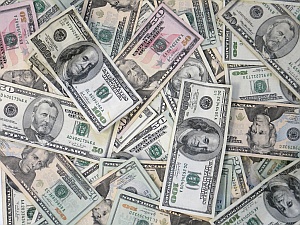Legislators from dirty-energy producing states, energy-intensive business lobbies, and conservative think tanks struggle to outdo one another with apocalyptic predictions about the effects of mandatory greenhouse gas emission reductions. See, for example, the Chamber of Commerce’s video showing children shivering in the cold (really). As climate legislation evolves this year, the rhetoric is ramping up again, led by the Wall Street Journal editorial page and doomsayers-for-hire at the Heritage Institute and the Chamber of Commerce.
The mainstream media passes along this kind of Chicken Littleism in gutless he-said she-said fashion, so the public rarely hears the truth: mainstream economists pretty well agree that the impact of a carbon pricing system on the economy will be modest.
Last year EDF did an analysis (PDF) of six separate forecasts of the economic impact of a cap-and-trade, from leading nonpartisan academic and government agency sources. The median prediction was a hit to GDP growth of between 0.5 and 1 percent by 2030. Instead of doubling by January 2030, U.S. GDP would, in the most pessimistic scenarios, double by … July 2030. (Doooomed!)
Some analysts are even more optimistic, projecting climate targets will be met at net-zero cost or even with a boost to GDP. Perhaps they recall that economists wildly overestimated the cost of the last U.S. cap-and-trade program; the sulfur dioxide trading regime, designed to fight acid rain, came in about 90 percent cheaper than official projections.
Here’s a short list of things that will damage the economy far worse than tackling climate change: the current mortgage/banking/credit crisis, rising fossil fuel prices, competitive disadvantage in burgeoning global clean energy markets, and, oh yeah, climate change itself. Compared to the alternatives, reducing climate emissions looks like a spectacular bargain. (For more on this economic consensus, see Eric Pooley.)




